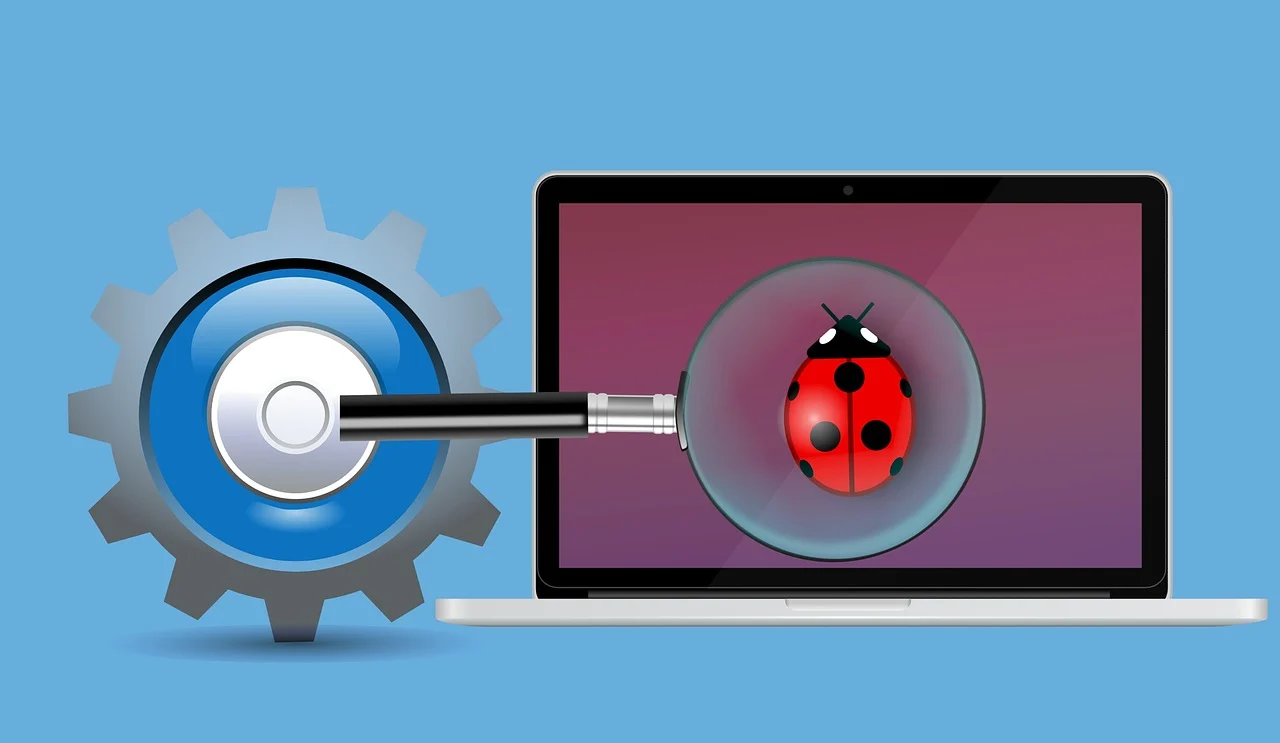Employing Fuzzing Techniques for Bug Discovery in an Automated Way
 Victor Uzoagba
Victor Uzoagba
Introduction
Today, software systems have to stay largely exposed to various types of security vulnerabilities. The ability of developers to identify and patch a vulnerability before this may be exploited by malicious attackers is crucial. Fuzzing is a technique of automatically discovering bugs, principally for finding vulnerabilities or unexpected program behavior in software, through random or semi-randomly generated data given as input. Already today, fuzzing has been very successful in detecting vulnerabilities, such as memory corruption, crashes, assertion failures, and other types of software anomalies.
What is fuzzing, the kinds of fuzzers, setup for the fuzzing to have automated bug finding, best practices, and usual tools applied—that's what we will go through in this article.
What is Fuzzing?
Fuzzing, or fuzz testing, is a quality assurance method that includes feeding a program invalid, unexpected, or random data with the hope of finding bugs and vulnerabilities. Of course, the whole point is to make the software crash or act in the wrong way to show weaknesses that may never come up during more conventional methods of testing.
Basically, fuzzing works in the following ways:
1. Input generation: It generates random or semi-random inputs with the purpose of testing the processing logic of input in a program.
2. Monitoring execution: It observes the system under test during test execution for crashes, hang, memory leaks, and security vulnerabilities.
3. Recording failures: In case the fuzzer finds a bug, it keeps a record of the input through which the failure occurred so that further analysis can be done on it.
Types of Fuzzers
Fuzzers can also be differentiated by generating input data and how they monitor the execution of the program:
1. Dumb Fuzzers:
• Input Generation: These purely generate random inputs with no prior knowledge about the structure of the input or the software.
• Use Case: Dumb fuzzers are often used in early-stage testing or on programs where little is known about the format of the input data.
2. Smart Fuzzers:
• Input Generation: The intelligent fuzzers generate inputs with a priori knowledge of the format of the input or the expected reaction of the system.
• Use Case: It finds its applications in complex applications needing structured inputs, be it network protocols, file formats, or APIs.
3. Mutation-Based Fuzzers:
• Input Generation: These types of fuzzers take valid inputs and perform minor mutations like flipping bits, data truncation, or injecting random bytes.
• Use Case: A mutation-based fuzzer shall be used when valid inputs are available but need modification in order to expose unexpected behavior.
4. Generation-Based Fuzzers:
• Input Generation: These build inputs from scratch - typically based on some rules or grammar that define the shape of the input.
• Use Case: They come into play when information related to input formats such as XML, JSON, or even binary protocols, becomes vital for testing.
5. Coverage-Guided Fuzzers:
• Input Generation: Utilize feedback about code coverage metrics of the program for fine-tuning of their input generation.
• Use Case: Fuzzers are very common in the field of security testing because of their nature, which is to maximize the possibility of discovering new execution paths, which will in turn trigger some subtle bugs.
Steps Involved to Employ Fuzzing in Bug Discovery Automatically
1. Understand the System Under Test (SUT)
Well, before actually using fuzzing, you should define what your target is. It might be a web application, an API, a network service, or even some binary executable. Knowing how it accepts input—for instance, via HTTP requests, command-line arguments, or file uploads—will help you in choosing the method of fuzzing.
2. Depending on the SUT, an appropriate fuzzer should be selected
Coverage-guided fuzzers such as AFL for binary fuzzing are very common; protocol-aware fuzzers target network protocols, and an example of this is Peach Fuzzer.
3. Setting Up the Environment to Fuzz
Make sure the environment where one fuzzes does so in isolation such that crashing or misstepping does affect production systems.
Virtual machines or Docker-like containerization can be used to sandbox the fuzzing process.
4. Configure Fuzzer
Initial seed inputs might be required or specific mutation strategies might be required; sometimes, input formats are specified. For example, a common task for coverage-guided fuzzers is to make thoughtful choices about the seed inputs such that a large diversity of code paths is explored.
5. Logging and Monitoring
Observe system behavior during the execution of fuzzing; log crashes, memory corruption, or other errors. Modern fuzzers offer extensive feedback mechanisms: stack traces, memory dumps, and code coverage data.
6. Findings Analysis
Once the fuzzing is complete, analyze the logs for understanding what caused the program to fail. Tools like GDB (GNU Debugger) will support finding out the root cause for the crashes.
Rank these in order of priority, with a security vulnerability like buffer overflow or memory leak taking precedence.
7. Bug Fixing and Test Refined
Now that bugs have been found, once fixed, rerun the fuzzer to ensure nothing new shows up and the program behaves correctly. Also very useful is running the fuzzing in your CI and on a regular basis to catch regressions.
Fuzzing Tools
Quite a number of tools exist for fuzzing, each for different software types, input formats, and fuzzing techniques.
1. American Fuzzy Lop (AFL)
A coverage-guided fuzzer, very active in binary fuzzing. AFL basically works by instrumentation to measure which parts of a program have been executed. It thus focuses on the new paths being executed.
2. LibFuzzer
A coverage-guided fuzzer for C and C++ applications. Combined with all the sanitizers present in LLVM that detect memory error, undefined behavior, and many more.
3. Peach Fuzzer
A protocol-aware fuzzer for testing network protocols and file formats.
Unlike most other tools, Peach is capable of running both mutation-based and generation-based fuzzing.
4. Honggfuzz
Yet another coverage-guided fuzzer dependent on feedback in finding vulnerabilities. Imposes real-time crash detection and fuzzing with low overheads.
5. Google's OSS-Fuzz
Fuzzing Open Source Software Continuously. OSS-Fuzz integrates fuzzing tools with coverage measurement and found thousands of bugs in heavily used software projects.
Best Practices for Effective Fuzzing
1. Good Seeds
Relevant seed inputs have helped fuzzers along the path to better code coverage, increasing the likelihood of finding bugs.
2. Coverage-Guided Fuzzers
AFL and LibFuzzer find maximum code coverage to uncover bugs that no other technique may reach.
3. Automate Fuzzing
Integrate fuzzing into the CI/CD pipelines to enable the continuous testing process and catch vulnerabilities at an early stage of development.
4. Run Fuzzing for Extended Periods
Fuzzing tends to take time before some meaningful results can be generated. With extended running time, fuzzers are more likely to come up with those rare or complex bugs.
5. Monitoring for Security Bugs
Concentrate on the critical security bugs that attackers may use to successfully exploit devices; for example, buffer overflows, use-after-free, and other memory corruption issues.
Conclusion
Fuzzing is an extremely important tool in the automated process of bug discovery, especially in security-sensitive applications. It emulates unexpected input and looks at how the system behaves. Fuzzers are going to catch bugs that are hard to find, which may not be found during manual testing. By carefully choosing the right type of fuzzer, environment setup, and best practices, a developer or security engineer will effectively integrate fuzzing into his quality assurance-security testing workflow.
Subscribe to my newsletter
Read articles from Victor Uzoagba directly inside your inbox. Subscribe to the newsletter, and don't miss out.
Written by

Victor Uzoagba
Victor Uzoagba
I'm a seasoned technical writer specializing in Python programming. With a keen understanding of both the technical and creative aspects of technology, I write compelling and informative content that bridges the gap between complex programming concepts and readers of all levels. Passionate about coding and communication, I deliver insightful articles, tutorials, and documentation that empower developers to harness the full potential of technology.